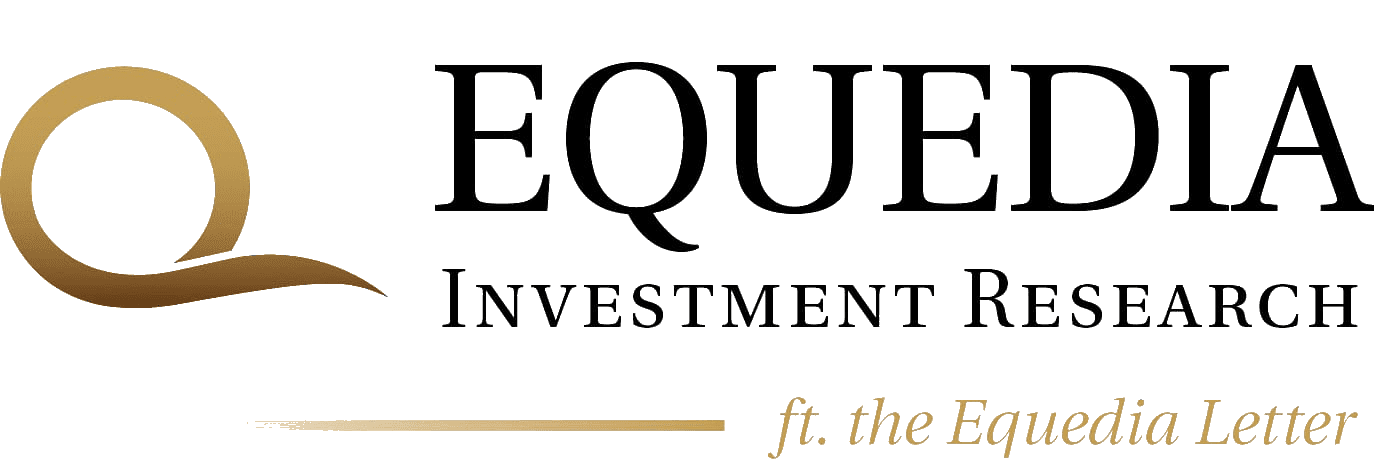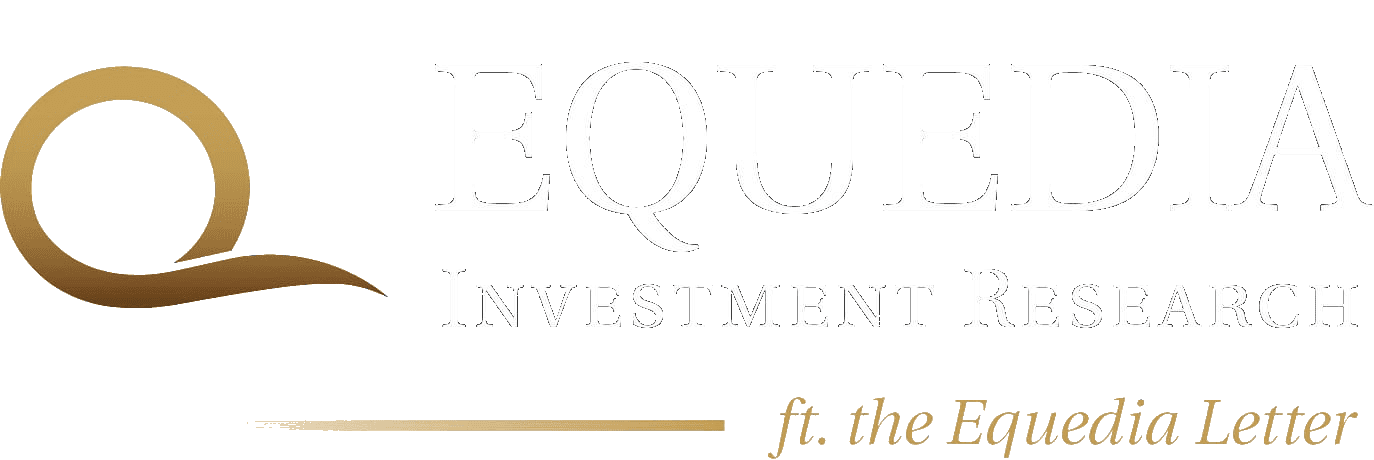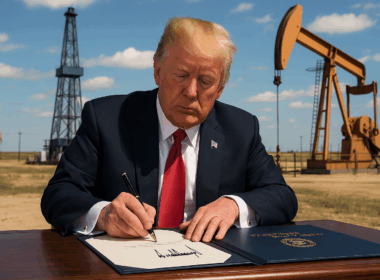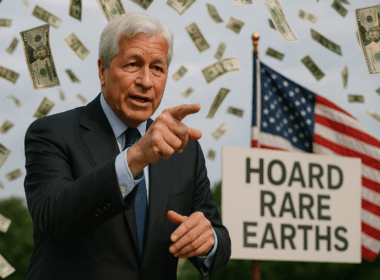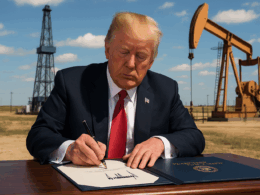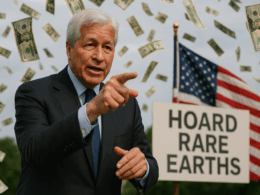Inflation, deflation, stagflation. Lately, it seems all you hear about these days have the words “flation” at the end of it. Its either that or the printing press, QE, Bernanke, the Dollar, commodities, housing, and of course, gold.
In the media, one of the biggest problem our economy faces is inflation. The governments (both in the US and Canada) will undoubtedly have to raise interest rates which cannot remain at these levels.
We’re seeing our purchasing power diminish substantially. Gas prices are too high, food prices are surging astronomically, and everything else just costs more.
Heck, I went to get my haircut the other day and guess what I saw? A big red sign telling me that prices have increased. If my hair dresser is feeling the effects of inflation, imagine what others are feeling?
When you combine the amount of money being printed with an extended period of record low current interest rates, it starts getting scary.
Generally, raising interest rates is the prime combatant of inflationary pressures. In the United States, short term interest rates are decided by the Federal Reserve (see What the Fed Doesn’t Want You to Know by clicking here.)
Interest rates directly affect the credit market (loans) because higher interest rates make borrowing more costly. By changing interest rates, the Fed tries to achieve maximum employment, stable prices and level growth. As interest rates drop, consumer spending increases, and this in turn stimulates economic growth.
Contrary to popular belief, excessive economic growth can in fact be very detrimental. At one extreme, an economy that is growing too fast can experience hyperinflation, resulting in major problems.
But so far, has this happened?
Sure, we’re experiencing some minor growth and a double-dip is unlikely (or so they say). But the fact is, current inflationary pressures are as a result of A LOT of new money being created – plain and simple.
While inflation is a major issue, it is not the only factor informing the Fed’s decisions on interest rates. For example, the Fed might ease interest rates during a financial crisis to provide liquidity (flexibility to get out of investments) to U.S. financial markets, thus preventing a market meltdown. This has been the clear goal of our recent economic crisis.
While the meltdown already happened, the printing of money has stimulated the stock market enough to bring it back to the highs of 2008, and nearing the highs of 2007.
But while the stock market has performed, the economy really hasn’t bounced back as strong. The amount of borrowing by the US is still not enough to get our economies back to where they were just a few years ago. Combine that with the growth our economies need to achieve to replace all the lost jobs, plus the amount of borrowing that’s being done at current interest rates, and we end up with a serious problem.
How does that relate to your portfolio?
The impact of inflation on your portfolio depends on the type of securities you hold. If you invest only in stocks, worrying about inflation shouldn’t keep you up at night. Over the long run, a company’s revenue and earnings should increase at the same pace as inflation. I think we’re already seeing that in our markets. As the money supply increases, so have the prices of everything else – including stocks.
The exception to this is stagflation.
The combination of a bad economy with an increase in costs is bad for stocks (which is what is happening as we speak.) Companies are in the same situation as a normal consumer – the more cash it carries, the more its purchasing power decreases with increases in inflation.
The main problem with stocks and inflation is that a company’s returns tend to be overstated. In times of high inflation, a company may look like it’s prospering, when really inflation is the reason behind the growth (especially when inflation wasn’t created by growth). When analyzing financial statements, it’s also important to remember that inflation can wreak havoc on earnings depending on what technique the company is using to value inventory.
Fixed-income investors are the hardest hit by inflation. Suppose that a year ago you invested $1,000 in a Treasury bill with a 10% yield. Now that you are about to collect the $1,100 owed to you, is your $100 (10%) return real? Of course not! Assuming inflation was positive for the year, your purchasing power has fallen and, therefore, so has your real return. We have to take into account the chunk inflation has taken out of your return. If inflation was 4%, then your return is really 6%.
This example highlights the difference between nominal interest rates and real interest rates. The nominal interest rate is the growth rate of your money, while the real interest rate is the growth of your purchasing power. In other words, the real rate of interest is the nominal rate reduced by the rate of inflation. In our example, the nominal rate is 10% and the real rate is 6% (10% – 4% = 6%).
As an investor, you must look at your real rate of return.
Unfortunately, investors often look only at the nominal return and forget about their purchasing power altogether.
The best way to combat this scenario is to invest in inflation-hedging bets while maintaining your diversity in stocks. This means putting your money in hard assets like real estate or precious metals such as silver and gold while adding stock positions tied to the mining and resource sectors.
As mentioned in the above scenario, If you invest only in stocks, worrying about inflation shouldn’t keep you up at night as a company’s revenue and earnings should increase at the same pace as inflation.
But if you factor in mining and resource based investments into the equation, there is an opportunity to not only beat inflation, but also protect yourself against stagflation.
One could write a 1,000 page paper on inflation, stagflation, or deflation. But the point I am trying to make is simple. We’re in unchartered waters where inflation is apparent but growth isn’t. The Fed is printing money and while it worked on the stock market, it has yet to take any major affect on both housing and employment.
The US’ True Concerns
The Fed isn’t worried about inflation. Its worried about deflation. One look at the housing situation and you can see the pressures of deflation on the US economy. Housing prices continue to drop while no amount of QE or record low interest rates can change that.
No one is buying US treasuries, except for the Fed (see Right Under Your Nose). So regardless of Bernanke’s hint of no QE3, I find it hard to believe it will just end. And if it does, it won’t be long before it comes back. The Fed has no recourse but to continue quantitative easing to avoid an economic collapse. As I have said before, they’ll just call it something else.
And guess what that means?
Stocks will continue to rise. Prices will continue to rise. And Gold will continue to rise.
Even after the recent commodities pullback, gold is once again hovering above $1500. I still think it’s going higher.
Aside from the billionaire investors, pension funds, universities, and private individuals buying gold, the world’s biggest and fastest growing national economies are in the process of accumulating mass amounts of gold.
Regardless of what you read in the headlines, the true buyers of gold are the biggest and fastest growing countries such as China, India, and Russia – not hedge funds and speculative investors.
A few weeks ago, I already told you that China will be diversifying its trillions of dollars of reserves into oil and precious metals (see Age of America Over.) They have already announced an intention to raise their national reserves by nearly 850%, or 10,000 tons by the end of the decade. That’s an estimated half a trillion U.S. dollars worth of gold. In the first two months of this year, China has already boosted their national holdings by 200 tons.
As the world’s largest gold producer, China churned out 350.9 tons in 2010, but it wasn’t enough to satisfy the overall total demand of more than 700 tons. As demand continues to outpace supply, we can expect China to import more bullion. But China won’t tell anyone how much it has bought, until it has actually bought it. Why would they bid up prices amongst themselves? As 2011 moves forward, I expect China to shock the world with a lot more purchases in gold. They’re buying on the dips, why aren’t you?
The Biggest Buyer of Gold
While China as a country is buying big, regular Chinese investors are also snapping up gold bars and coins, buying more than ever before in the first quarter of 2011 and overtaking Indian buyers as the world’s biggest purchasers of the metal.
The World Gold Council said that China’s investment demand for gold more than doubled to 90.9 metric tons in the first three months of the year, outpacing India’s modest rise to 85.6 tons. That means China now accounts for 25% of the world’s gold investment demand, while India accounts for 23%.
Last year, India purchased nearly 750 tons of gold, smashing their previous year’s record by nearly 40%. Russia, not to be outdone, bought up two-thirds of their entire national production. We’re seeing a major change in the world. The developing nations, both Russia and India, want to own more gold. China is undoubtedly doing what it can to beat out the US.
But as powerful and influential as these three developing countries are, they are still under the influence of the US dollar, the world’s reserve currency. That means most of its international business is done using the Greenback…and that means they need to hedge against a falling Dollar.
So even as massive headlines appear, screaming a fall in commodities and precious metals prices, gold keeps climbing.
If you haven’t already jumped on the bandwagon, it’s not too late. Sure gold is at all time highs. But a smart investor knows to buy in a bull market and sell in a bear market.
The bulls are still stampeding. Don’t get run over.
Until next week,
Ivan Lo
Forward-Looking Statements
This Newsletter and report contains certain forward-looking statements that may involve a number of risks and uncertainties. Actual events or results could differ materially from current expectations and projections. Except for statements of historical fact relating to the project, certain information contained herein constitutes “forward-looking statements”. Forward-looking statements are frequently characterized by words such as “plan”, “expect”, “project”, “intend”, “believe”, “anticipate” and other similar words, or statements that certain events or conditions “may” or “will” occur.
Except for the statements of historical fact, the information contained herein is of a forward-looking nature. Such forward-looking information involves known and unknown risks, uncertainties and other factors which may cause the actual results, performance or achievement of the Company to be materially different from any future results, performance or achievements expressed or implied by statements containing forward-looking information.
Although the Company has attempted to identify important factors that could cause actual results to differ materially, there may be other factors that cause results not to be as anticipated, estimated or intended. There can be no assurance that statements containing forward looking information will prove to be accurate as actual results and future events could differ materially from those anticipated in such statements. Accordingly, readers should not place undue reliance on statements containing forward looking information. Readers should review the risk factors set out in the Company’s prospectus and the documents incorporated by reference.
Cautionary Note to U.S. Investors Concerning Estimates of Inferred Resources
This presentation uses the term “Inferred Resources”. U.S. investors are advised that while this term is recognized and required by Canadian regulations, the Securities and Exchange Commission does not recognize it. “Inferred Resources” have a great amount of uncertainty as to their existence, and great uncertainty as to their economic and legal feasibility. It cannot be assumed that all or any part of an Inferred Resource will ever be upgraded to a higher category. Under Canadian rules, estimates of “Inferred Resources” may not form the basis of feasibility or other economic studies. U.S. investors are also cautioned not to assume that all or any part of an “Inferred Mineral Resource” exists, or is economically or legally mineable.
Disclaimer and Disclosure
Disclaimer and Disclosure Equedia.com & Equedia Network Corporation bears no liability for losses and/or damages arising from the use of this newsletter or any third party content provided herein. Equedia.com is an online financial newsletter owned by Equedia Network Corporation. We are focused on researching small-cap and large-cap public companies. Our past performance does not guarantee future results. Information in this report has been obtained from sources considered to be reliable, but we do not guarantee that it is accurate or complete. This material is not an offer to sell or a solicitation of an offer to buy any securities or commodities.
Furthermore, to keep our reports and newsletters FREE, from time to time we may publish paid advertisements from third parties and sponsored companies. We are also compensated to perform research on specific companies and often act as consultants to many of the companies mentioned in this letter and on our website at equedia.com. We also make direct investments into many of these companies and own shares and/or options in them. Therefore, information should not be construed as unbiased. Each contract varies in duration, services performed and compensation received.
Equedia.com is not responsible for any claims made by any of the mentioned companies or third party content providers. You should independently investigate and fully understand all risks before investing. We are not a registered broker-dealer or financial advisor. Before investing in any securities, you should consult with your financial advisor and a registered broker-dealer. The information and data in this report were obtained from sources considered reliable. Their accuracy or completeness is not guaranteed and the giving of the same is not to be deemed as an offer or solicitation on our part with respect to the sale or purchase of any securities or commodities. Any decision to purchase or sell as a result of the opinions expressed in this report OR ON Equedia.com will be the full responsibility of the person authorizing such transaction.
Again, this process allows us to continue publishing high-quality investment ideas at no cost to you whatsoever. If you ever have any questions or concerns about our business or publications, we encourage you to contact us at the email or phone number below.
Please view our privacy policy and disclaimer to view our full disclosure at http://equedia.com/cms.php/terms. Our views and opinions regarding the companies within Equedia.com are our own views and are based on information that we have received, which we assumed to be reliable. We do not guarantee that any of the companies will perform as we expect, and any comparisons we have made to other companies may not be valid or come into effect. Equedia.com is paid editorial fees for its writing and the dissemination of material and the companies featured do not have to meet any specific financial criteria. The companies represented by Equedia.com are typically development-stage companies that pose a much higher risk to investors. When investing in speculative stocks of this nature, it is possible to lose your entire investment over time. Statements included in this newsletter may contain forward looking statements, including the Company’s intentions, forecasts, plans or other matters that haven’t yet occurred. Such statements involve a number of risks and uncertainties. Further information on potential factors that may affect, delay or prevent such forward looking statements from coming to fruition can be found in their specific Financial reports.
Equedia Network Corporation is also a distributor (and not a publisher) of content supplied by third parties and Subscribers. Accordingly, Equedia Network Corporation has no more editorial control over such content than does a public library, bookstore, or newsstand. Any opinions, advice, statements, services, offers, or other information or content expressed or made available by third parties, including information providers, Subscribers or any other user of the Equedia Network Corporation Network of Sites, are those of the respective author(s) or distributor(s) and not of Equedia Network Corporation. Neither Equedia Network Corporation nor any third-party provider of information guarantees the accuracy, completeness, or usefulness of any content, nor its merchantability or fitness for any particular purpose.
